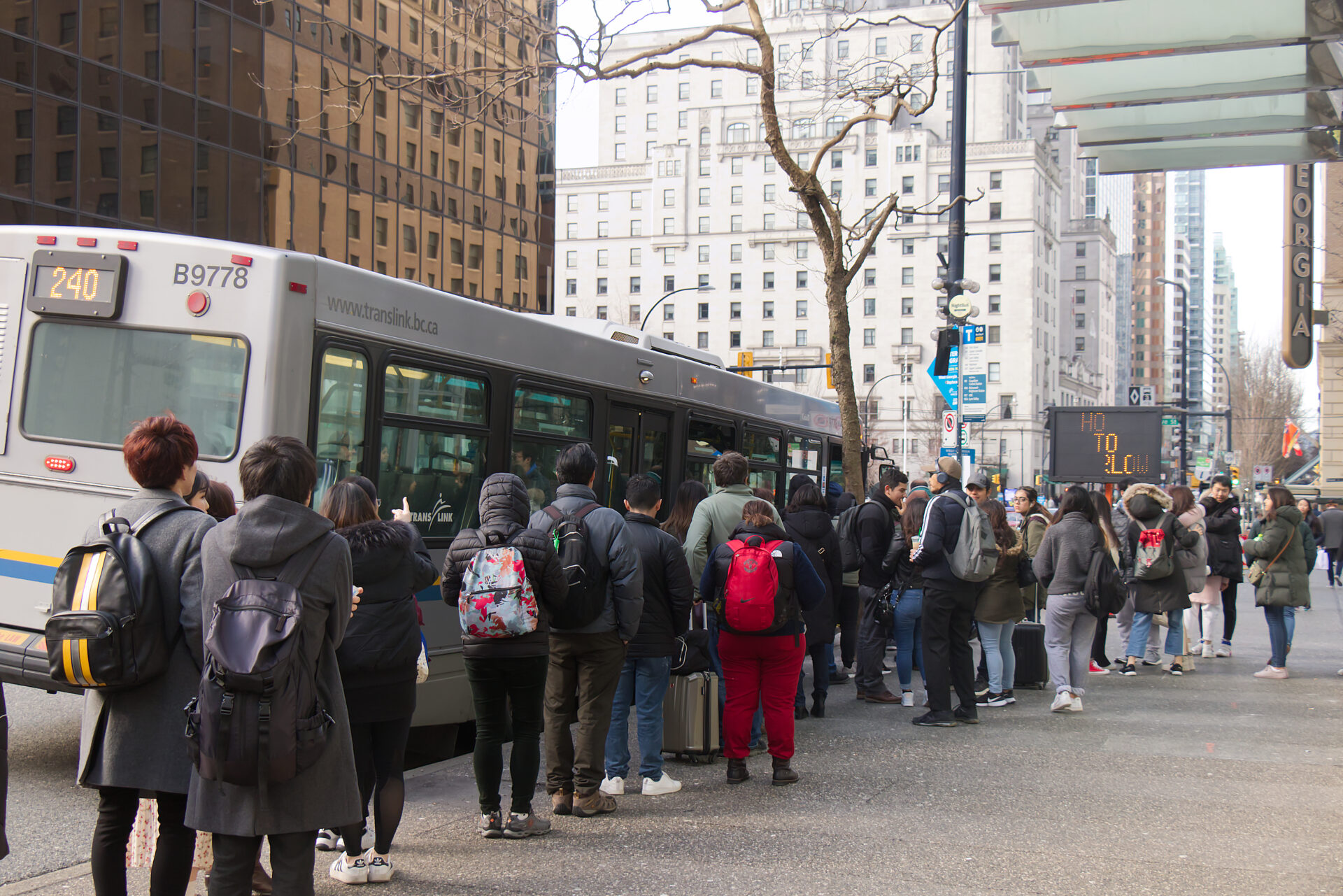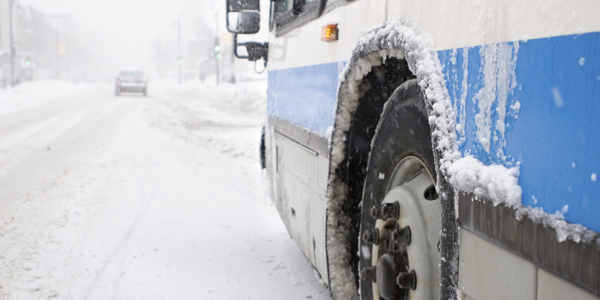
The federal government must fund transit service if Canada is to meet its climate goals. The status quo isn’t working to improve day-to-day transportation for riders or to get people out of their cars.
Canada can double public-transit ridership and cut carbon emissions from vehicles by 65 million tonnes by 2035, according to a new report by advocacy organizations Environmental Defence and Équiterre. To achieve this, service will need to improve significantly to persuade so many people to ditch their cars.
How much better?
Overall service levels – which translate directly to convenience, frequency and reliability – will need to increase by 109 per cent, the report finds. This can happen only if the federal and provincial governments seriously step up their investments in public-transit operations with a new cost-sharing infrastructure program.
This is a job too big for any one order of government. It will take collaborative leadership. Rather than seeing public transit as “someone else’s problem,” the federal government must approach it as an opportunity to improve the lives of Canadians, reduce the cost of living and fight climate change.
Constitutionally, municipalities are “creatures of the provinces” in that everything directly relating to local governments – like public transit – is a provincial matter.
When the division of powers was written in 1867, cities as we know them today with millions of people living in them simply did not exist. The population of Toronto, for example, was fewer than 45,000 people in 1861.
Over the past two decades, the federal government’s role in funding municipal infrastructure, including public transit, has changed significantly.
In 2005, the federal government began to transfer some of its revenues to cities for infrastructure with a program called the gas tax fund.
In 2016, in an effort to boost economic growth and reduce carbon emissions, the government introduced its investing in Canada infrastructure program. It included the first dedicated stream of federal funding specifically for public transit, which comprised two-thirds of the program’s $33-billion budget.
Cities can speed up climate action by slowing down traffic
Transit is in grave danger of falling into a death spiral
Driving momentum for sustainable transportation
Canada needs a “green recovery” to confront COVID-19 and other crises
Municipalities own about 60 per cent of Canada’s infrastructure, but they collect only about 10 per cent of the country’s tax revenues. This imbalance has historically been the root cause of Canada’s challenges with infrastructure development and one of the reasons that Canada is nearly 40 per cent below the OECD average for public-transit use.
As the old maxim goes: “The federal government has all the money, the provincial government has all the power and local government has all the problems.”
In addressing these problems, the federal government has become increasingly involved in municipal infrastructure through a concept known as ”the spending power.”
That allows federal dollars to be used on public services outside of Ottawa’s responsibility by entering into funding agreements with provincial governments. This is how most infrastructure spending at the federal level is done.
Canada is now renegotiating these agreements and has a real opportunity to unlock the power of public transit to reduce carbon emissions. This begins with acknowledging that the status quo isn’t working.
The report from Environmental Defence and Équiterre highlights that public-transit service is worse now than when the federal government began its investment program.
Data obtained from the Canadian Urban Transit Association shows that while municipalities have expanded their bus fleets with federal cash, they do not have enough operating funds to put them into service. There are an estimated 1,700 buses gathering dust in garages across the country.
Moreover, the drop in ridership due to the COVID-19 pandemic has meant that fare revenues, which once covered half the costs of delivering service, have declined significantly.
Municipalities are not allowed to borrow money for their operating budgets and are restricted in what taxes they can levy. This has led to reduced service and increased fares. This in turn leads to even lower ridership, which inevitably translates to more service cuts and fare increases – a vicious downward spiral.
At the root of the problem is that cities are allowed to use federal money to build a new transit station or buy a bus (capital costs), but are not allowed to use it to hire bus drivers and mechanics (operating costs).
This means that public-transit systems across Canada cannot use federal funding to add service hours or increase service frequency despite numerous studies showing these measures are the most effective in getting more people to take public transit and thereby reduce emissions.
This separation between capital and operations is not done for jurisdictional purposes. It is a conscious policy decision to keep transit-system budgets in a state of both abundance and austerity at the same time.

Rather than moving the needle on emissions reductions, it is a choice that has led to underutilized capital infrastructure and operating costs that are passed on to transit riders as higher fares.
This is entirely different from the federal government’s approach to health care, another area within provincial jurisdiction.
Health transfers to provinces don’t cover only the cost of building new hospitals for people to receive medical care. Doctors and nurses also need to be paid. Federal money going to health care covers both because funding only one simply doesn’t make any sense.
If the federal government intends to fund public transit permanently, it should jump in with both feet to try to achieve meaningful emissions reductions by improving day-to-day transit service.
Climate change is a national concern. Funding public-transit operations is not a primary federal responsibility, but it is something the government can and must help with.









